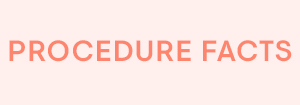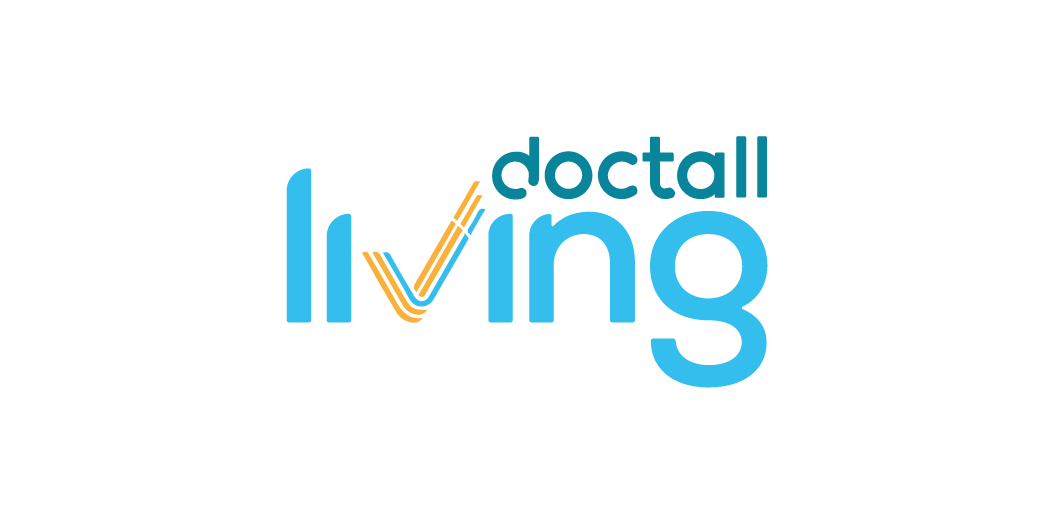OVERVIEW
Proton pump inhibitors (PPIs) comprise a class of medications that reduce the amount of acid produced by the stomach parietal cells. They act by irreversibly inhibiting the action of the H+/K+ enzyme responsible for catalysing gastric acid production. Another name for the H+/K+ enzyme is the Proton Pump.
The proton pump functions at the terminal stage of gastric acid production. The pump directly secretes H+ ions into the gastric lumen. The H+ combines with Cl- to form gastric acid. Proton pump inhibitors prevent this release of H+ into the gastric lumen.
Proton pump inhibitors treat stomach acid disorders like gastroesophageal reflux diseases, esophagitis and peptic ulcer. PPIs are the best medication for stomach acid-related disorders, replacing antacids and histamine antagonists (H2 blockers).
KEY POINTS
- Proton pump inhibitors help treat conditions with too much gastric acid.
- PPIs have replaced antacids and H2 receptor antagonists as the leading drug for treating stomach acid disorders.
- Proton pump inhibitors examples include Omeprazole, Esomeprazole, Pantoprazole, Lansoprazole, etc.
- PPIs are relatively safe but have few side effects. Proton pump inhibitors’ side effects include headache, abdominal pain, nausea and vomiting, fatigue, etc.
MECHANISM OF ACTION
Proton pump inhibitors (PPIs) replaced the antacids and H2 antagonists as the mainstay treatment of stomach acid disorders because of their unique mechanism of action. Antacids act by neutralising stomach acid, whereas proton pump inhibitors reduce gastric acid formation.
The hydrogen/potassium adenosine triphosphatase enzyme (proton pump) resides in the gastric parietal cells and is involved in gastric acid production. The pump functions at the final stage of acid production by secreting hydrogen ions into the stomach wall.
Proton pump inhibitors covalently bind to the proton pump and irreversibly inhibit the release of hydrogen ions. The covalent bond is very tight, and it prolongs the action of the PPIs.
Proton pump inhibitors are prodrugs. They are in their inactive form and are activated when they come in contact with an acidic environment in the body. It is the active form that irreversibly inhibits the gastric proton pump.
EXAMPLES
Several drugs fall under the proton pump inhibitors class of drugs. Proton pump inhibitors examples include:
- Omeprazole (brand name – Prilosec)
- Esomeprazole (Nexium)
- Pantoprazole (Protonix)
- Lansoprazole (Prevacid)
- Dexlansoprazole (Dexilant)
- Rabeprazole (Aciphex)
Omeprazole is the most prescribed in most countries. It is safe, with few side effects, when taken at the prescribed dose.
PHARMACOKINETICS
The pharmacokinetics of a drug involves the absorption, distribution, metabolism and excretion of the drug.
Proton pump inhibitors enter the bloodstream in the small intestine’s proximal part. Then they are transported to acidic environments where they become activated and irreversibly inhibit the proton pump.
The metabolism of proton pump inhibitors (except tenatoprazole) is by the cytochrome P450 enzyme system. CYP2C19 is the primary enzyme that metabolises proton pump inhibitors. PPIs have a half-life of one hour, but their action lasts for 48 hours because of the irreversible covalent binding of the proton pump.
PPIs are broken down into inactive components by the liver. It leaves the body eliminated through urine and faeces. Proton pump inhibitors have an elimination life of one hour.
USES
Indications of proton pump inhibitors are in conditions with excess gastric acid secretion or conditions that worsen due to the stomach acid.
The following are indications for proton pump inhibitors (PPIs):
- Gastroesophageal reflux disease: Also called acid reflux, it occurs when stomach acid ascends into the oesophagus. PPIs reduce acid production, decreasing the acid entering the oesophagus.
- Oesophagitis: Proton pump inhibitors relieve and treat inflammation of the oesophagus (oesophagitis).
- Zollinger – Ellison syndrome: PPIs reduce the amount of acid produced by tumours in Zollinger – Ellison syndrome.
- Duodenal and stomach ulcers: Stomach and duodenal ulcers, whether NSAID (non-steroidal anti-inflammatory drugs) induced or not, are cured by PPIs.
- Part of triple regimen for Helicobacter pylori infections: H. pylori infection is a bacterial infection that affects the gastrointestinal system. Proton pump inhibitors, in addition to clarithromycin and amoxicillin (or metronidazole), form the triple regimen therapy for H. pylori infections.
HOW ARE PPIs ADMINISTERED?
There are a variety of formulations of proton pump inhibitors. Administration of PPIs is through the following methods:
- Enteric-coated tablets
- Gelatin capsules
- Suspension
- An intravenous formulation is for esomeprazole, iansoprazole, and pantoprazole.
Patients should take proton pump inhibitors first thing in the morning, before meals. The reason is that PPIs get activated in the presence of food, and studies have shown that they have increased efficacy if taken before meals.
Administration of proton pump inhibitors after meals will decrease the absorption of the drug, causing a reduced efficacy.
SIDE EFFECTS
Proton pump inhibitors are generally safe with few side effects. Proton pump inhibitors’ side effects are:
- Headache
- Fever
- Nausea and vomiting
- Fatigue
- Abdominal pain
- Rash
- Constipation
PPIs show few side effects when used in the lowest effective dose. Apart from the listed side effects, using proton pump inhibitors for long periods results in rare but severe adverse effects. The negative effects usually stop upon the withdrawal of the drug.
Some proton pump inhibitors’ adverse reactions include:
- Diarrhoea associated with Clostridium deficile infection: Clostridium deficile-associated diarrhoea negatively affects some patients on proton pump inhibitors. This diarrhoea is usually severe and lasts for long periods.
- Fractures: The risk of osteoporosis and subsequent fractures is associated with proton pump inhibitors. It usually occurs in people who take PPIs for over a year. The hip, wrist or spine are the most affected areas.
- Vitamin B12 deficiency: Acidic environment is needed to absorb vitamin B12. Using PPIs for prolonged periods will decrease the amount of gastric acid, which will reduce the absorption of vitamin B12. The reduced absorption will lead to a deficiency in the available vitamin.
CONTRAINDICATIONS
Proton pump inhibitors widely tackle stomach acid-related diseases, but there are certain instances where a person should not use the drug.
People with hypersensitivity reactions to proton pump inhibitors should not take the medication.
People with severe liver disease should, as much as possible, stay away from proton pump inhibitors. If they must take PPIs, utmost caution is involved, and a doctor must closely monitor such a patient.
CONCLUSION
Proton pump inhibitors form an important class of drugs that manage stomach acid problems. These drugs are primarily safe and very effective. Individuals can purchase most of the PPIs over the counter.
If there are recurring symptoms even after using PPIs, the individual should consult a doctor for expert diagnosis and care.
MOST COMMON







